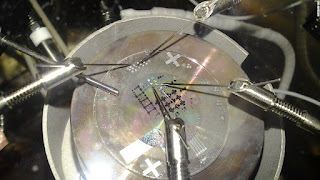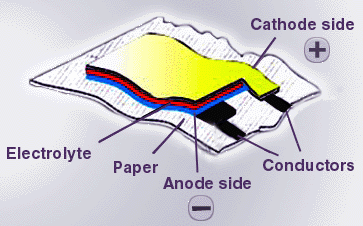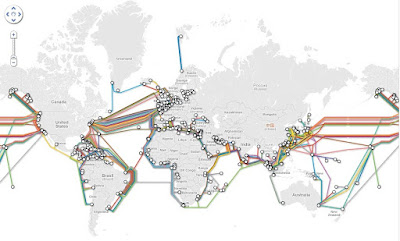VoLTE - voice over long-term evolution

VoLTE stands for voice over long-term evolution. It is standard for high-speed wireless communication for mobile phones. VoLTE is an IMS -based specification. Adopting this approach, it enables the system to be integrated with the suite of applications that will because available on LTE . Originally the concept for SMS and voice system over LTE using IMS had been opposed by many operators because of the complexity of IMS. They had seen it as for too expensive and burdensome to introduce and maintain. History At the 2010 GSMA mobile world congress, GSMA announced that they were supporting the voice solution to provide voice over LTE Different companies provide VoLTE services at different time some of them are May 2014 Singtel introduce the world’s first commercial “full=featured” VoLTE services in Singapore, only in combinational with the Galaxy Note 3. July 2015 SEATEL Cambodia announced that world’s first commercial 100% VoLTE services without 2G/3G in Cambo



